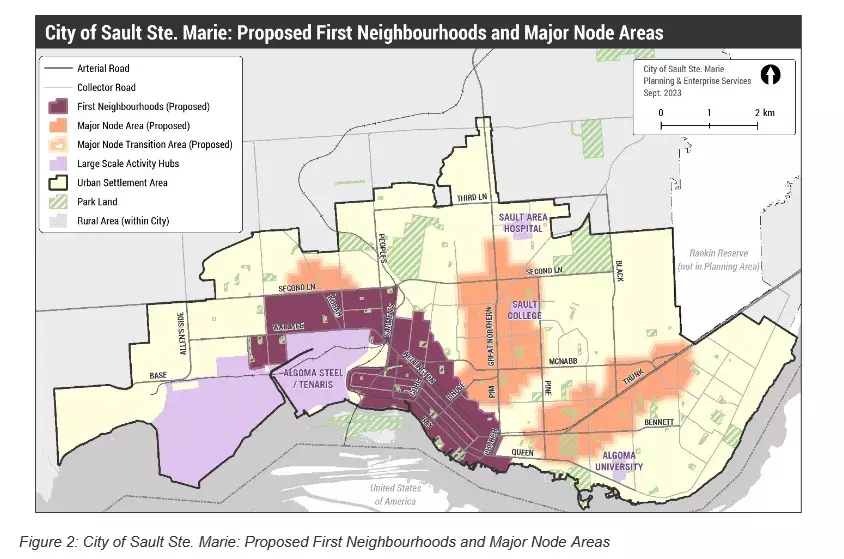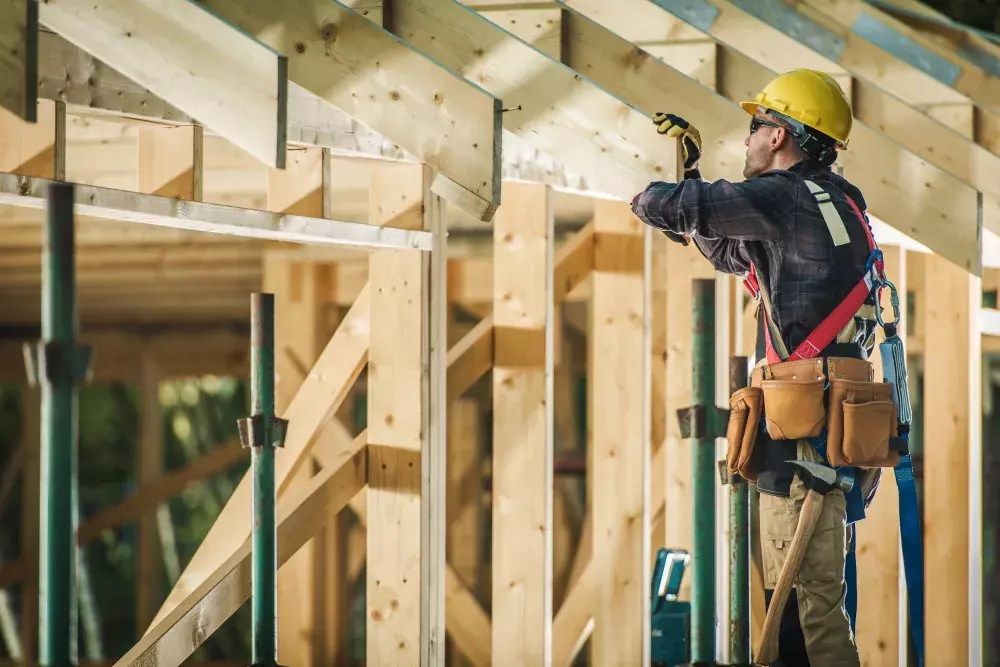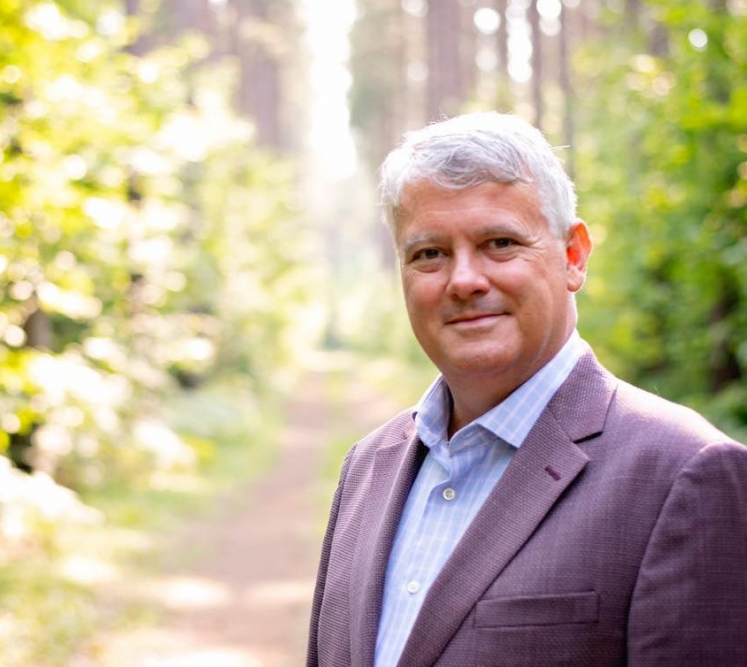The City of Sault Ste. Marie has their target for new housing and now they’ve approved a plan to help nail it.
Council Monday night approved staff’s Housing Action Plan, a necessary step to tapping into the province’s $1.2 billion Building Faster Fund.
Sault Mayor Matthew Shoemaker has committed in writing to meet a provincially-assigned target of 1,500 new housing units in the city by 2031. Shoemaker has also provided a written response to Queen’s Park’s 74 Housing Affordability Task Force (HAFT) recommendations. Both were required steps to attain funding as mandated by the Province. A third called for the city to demonstrate a commitment to accelerate its housing supply by developing a Municipal Housing pledge by Dec. 15, 2023.
Council’s approval of the Housing Action Plan fulfills that third step. The plan’s vision statement is that “all residents of the city have equitable access to housing that is safe, adequate and affordable.” The City Planning department and the Affordable Housing Task Force were the major drivers of the housing plan. Public consultations were also held throughout the past year.
Five goals highlight the plan, with increasing the housing supply to meet demand and addressing affordability issues at the top of the list.
Streamlining the approvals process is next and focuses on improving the process, review and approval of development applications.
The third goal is to build partnerships with housing stakeholders, including various levels of government, community-based organizations and agencies. Seeking out funding and educating the public on local housing challenges and heightening awareness of the plan round of the top priorities.
New growth will be directed toward First Neighborhoods, areas that were the first to be settled in the Sault, and Major Node Areas, which are sections of the city within safe and walk-able distance to a range of services and amenities, including retail clusters, supermarkets, parks, schools, public transit and an active transportation network.
Ward 1 Councillor Sandra Hollingsworth asked if tiny homes are being considering in the new housing mix.
City Planning Director said tiny homes Peter Tonazzo could be part of the picture. “Tiny homes certainly represent a viable option for affordable housing,” said Tonazzo. “Currently the zoning by-law doesn’t regulate a minimum or a maximum gross square area. But when you look at some of the performance standards that we’re going to look at when we’re allowing more dwelling units on a lot, they lend themselves very well to tiny homes.”

Ward 3 Coun. Lisa Vezeau-Allen asked about the strategy behind first neighborhoods for development, when, as the label suggests, they were among the first built in the city and already established.
“There’s not a lot of open land, so I guess I’m wondering what is going to be the strategy of identifying these first neighborhoods,” said Vezeau-Allen. “That’s a great question,” said City Director of Planning, Peter Tonazzo. “The capacity isn’t necessarily there to build the majority of the new dwelling units, but whatever kind of investment we can get in these areas will be very impactful. That’s why we’re really trying to prioritize these areas.”
Tonazzo added “there are some pockets and vacant lands” that can suitably accommodate higher density and some bigger lots that hold opportunities.
“It comes down to some of these areas haven’t seen the levels of investment other areas of the city have in the last 30-40 years. It’s really about trying to transform these areas back to the way they originally
were,” said Tonazzo.
According to the staff study, the city will need approximately 3115 new housing units by 2036 as the Sault’s population is expected to grow by 8,400 between 2021 and 2036, significantly impacting demand.
More freehold, rental and subsidized housing are needed, the study found.
Other findings:
the Sault’s local housing is old; 75 per cent of residential units were built before 1980. Housing resale prices are outpacing the rise in household incomes Rental rates are growing quickly and creating an affordability gap Rental housing units have fallen behind demand Ward 2 Councillor Luke Dufour commended everyone involved in creating the plan.
“A lot of thought really went in to the production of this plan,” Dufour told council. “I know that we’re kind of presenting it here as a piece to kind of check a box provincially, but I think a lot of the work that went into it is broader than that and is going to feed in to a lot of cool plans that are going to come to this council over the next year.”






